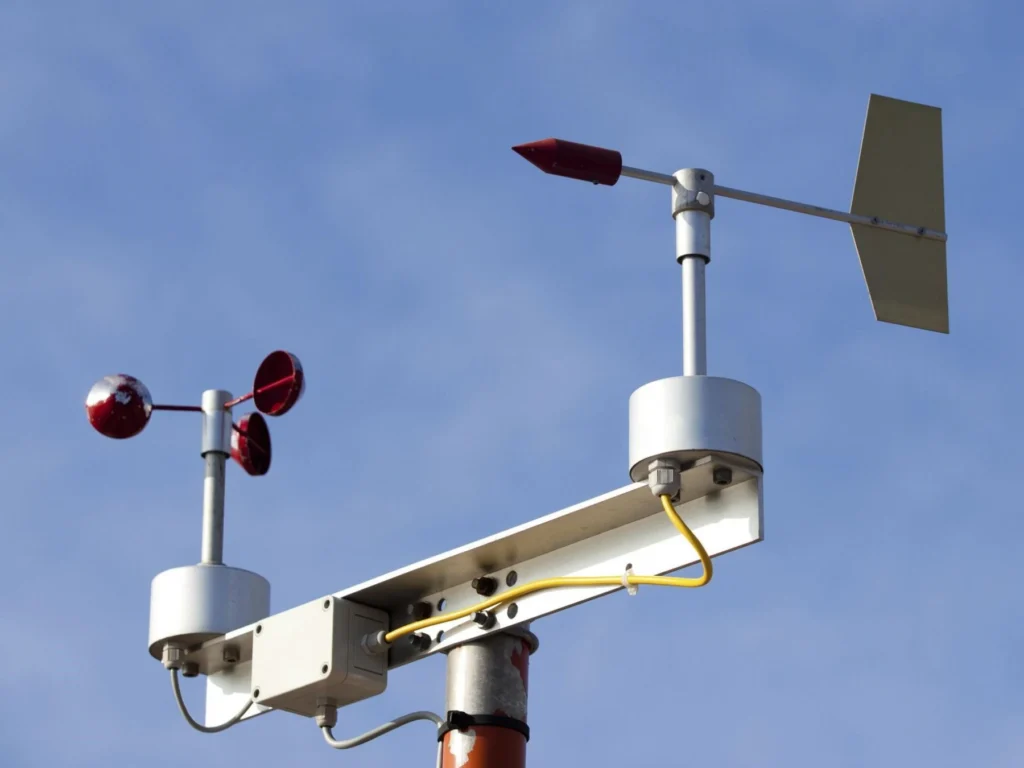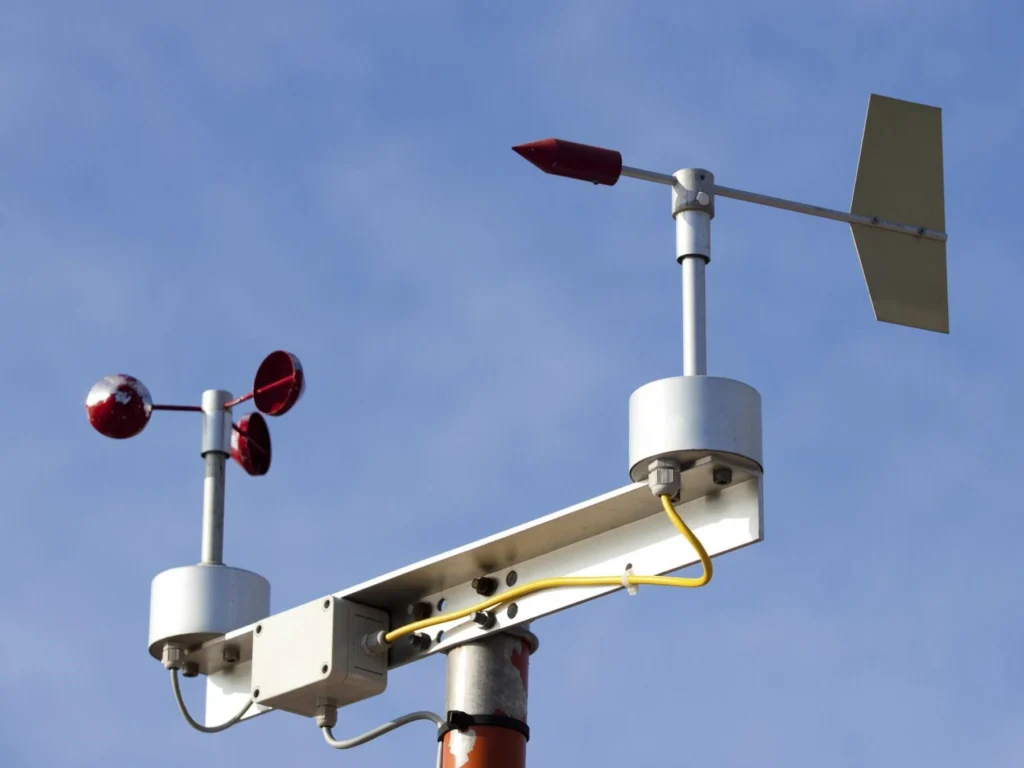
# Slope Stability Analysis in Geotechnical Engineering
Slope stability analysis is a critical aspect of geotechnical engineering, ensuring the safety and longevity of slopes in various construction and natural environments. Understanding the factors that influence slope stability is essential for preventing landslides, erosion, and other potential hazards.
## What is Slope Stability?
Slope stability refers to the ability of a slope to resist failure or movement. This is influenced by several factors, including the slope’s geometry, material properties, and external forces such as water pressure and seismic activity. Engineers use various methods to analyze and predict the stability of slopes, ensuring that they remain safe under different conditions.
## Key Factors Affecting Slope Stability
Several key factors play a significant role in determining the stability of a slope:
– **Material Properties**: The type of soil or rock and its mechanical properties, such as cohesion and internal friction angle, are crucial in determining slope stability.
– **Slope Geometry**: The height and angle of the slope significantly impact its stability. Steeper slopes are generally more prone to failure.
– **Water Content**: The presence of water can reduce the shear strength of soil, leading to instability. Proper drainage systems are essential to mitigate this risk.
– **External Forces**: Seismic activity, vibrations, and additional loads can all contribute to slope instability.
## Methods of Slope Stability Analysis
There are several methods used to analyze slope stability, each with its own advantages and limitations:
– **Limit Equilibrium Methods**: These methods, such as the Bishop and Janbu methods, are widely used for their simplicity and effectiveness in determining the factor of safety for slopes.
– **Finite Element Analysis**: This numerical method provides a more detailed analysis by considering the stress-strain behavior of the slope material.
– **Probabilistic Analysis**: This approach considers the variability and uncertainty in material properties and external conditions, providing a more comprehensive assessment of slope stability.
## Importance of Slope Stability Analysis
Conducting a thorough slope stability analysis is crucial for several reasons:
– **Safety**: Ensuring the stability of slopes prevents accidents and loss of life, particularly in areas prone to landslides.
– **Economic Considerations**: Slope failures can result in significant financial losses due to damage to infrastructure and property. Proper analysis helps in designing cost-effective solutions.
– **Environmental Protection**: Stable slopes reduce the risk of erosion and sedimentation, protecting natural habitats and water quality.
## Conclusion
Slope stability analysis is an indispensable part of geotechnical engineering, providing the necessary insights to design safe and stable slopes. By understanding the factors that influence slope stability and employing appropriate analysis methods, engineers can mitigate risks and ensure the safety and durability of slopes in various environments.
Keyword: Slope






